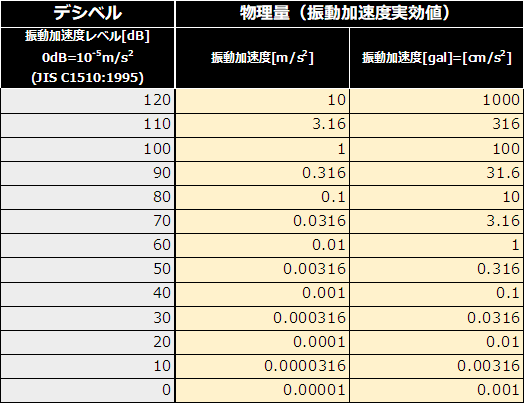What is dB (decibel)?
“Bell (B)” is the name given to a dimensionless quantity expressed as the ordinary logarithm of the ratio of a reference quantity to a physical quantity, which the British-born American inventor Alexander Graham Bell is said to have used to describe the power transmission decay of a telephone.
The “deci (d)” is a prefix (10-1) of the SI unit,-1and when the ratio of quantities is a general factor of magnification, such as 2 or 10 times, the value was multiplied by 10 for convenience because of handling problems such as small solutions with the bell (B), and thus the decibel (dB) (decibel).

Figure 1: Alexander Graham Bell (1847-1922)
dB (decibel) is “10 times the ordinary logarithm of the ratio of two powers.” It is the ratio of the power of the target to the power of the reference, one being the reference power and the other the target power, quantified using the ordinary logarithm.
As an example, if the reference quantity is X0the physical quantity is X, and the ratio of X to X0is expressed in dB (L), the following formula is used.

What is vibration acceleration level [dB]?
When vibration is expressed in dB, the physical quantity is the square of the acceleration rms value of the vibration.
The above is the acceleration rms value of vibration in Am/s2then the following equation can be expressed as where VAL is called the vibration acceleration level.

In the area of vibration related to building habitability, along with these decibel values, the physical quantity of vibration acceleration ([m/s2] or [gal]) are also often used. Therefore, Table 1 below shows the vibration acceleration level [dB] and the vibration acceleration physical quantity ([m/s2], [gal]), and a contrast table showing the relationship between the two.
Table 1 Decibel-physical quantity contrast table for vibration

What is sound pressure level [dB]?
When sound is expressed in dB, the physical quantity is the square of the sound pressure RMS value.
When the effective sound pressure value is pPa, it is expressed by the following equation. where Lp is called the sound pressure level.

Reason for expressing in dB (decibel)
The range of sound and vibration intensity (magnitude) around us is so wide that it is difficult to handle very small to large numbers. By expressing this wide range of numbers in levels using dB, the data becomes easier to handle. Another reason is that dB-ized numbers are proportional to human senses.

Figure 2: Example of strength of vibration phenomena
*References
New Pollution Prevention Technology and Laws and Regulations 2016 Noise and Vibration Edition Pollution Prevention Technology and Laws and Regulations Editorial Board, ed.
